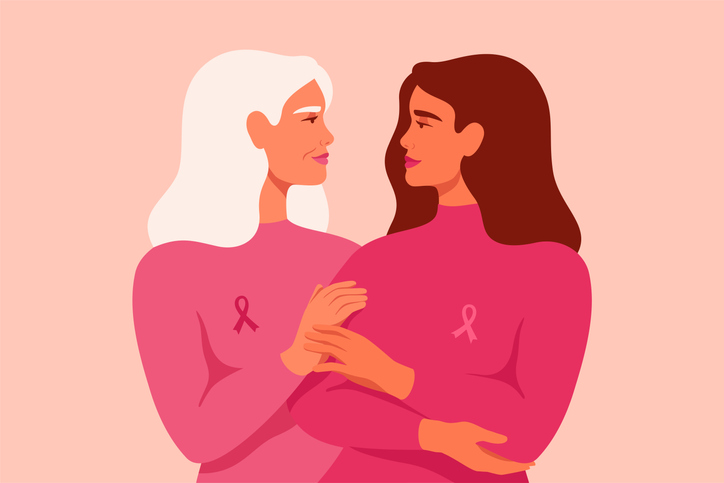February is Heart Health Month, and this article highlights some of the common risk factors, and symptoms women may experience at the onset and during a heart attack. According to the National Heart, Lung, and Blood Institute, there’s evidence that about one-third of people with heart attacks experience no chest pain.
What is a heart attack?
A heart attack is a condition caused by the disruption of blood flow to the heart. Knowing the risk factors and symptoms of a heart attack women experience can help you identify and receive the medical attention you need.
Risk factors
Common risk factors of a heart attack in women include:
- Age: Women who are 55 years and older have an increased chance of a heart attack.
- Pre-existing medical conditions
- High cholesterol
- High blood pressure:
- Diabetes or prediabetes: Women with diabetes tend to have a greater increase of heart disease than men with the same condition. Diabetes has been linked to the silent onset of a heart attack in women.
- Family history of heart disease often yields a higher risk of a heart attack.
Symptoms
Heart attacks in women, are they different than men? Yes, women do experience heart attack symptoms differently than men.
- Lightheadedness or dizziness: this could be caused by a number of disorders, including diabetes, heart failure, or a heart arrhythmia like atrial fibrillation.

- Chest pain: Chest pain is a common symptom of a heart attack in both men and women. The pressure in the chest that doesn’t go away or that goes away and comes back could be a sign of a heart attack in women.
- Fatigue: You may experience unusual fatigue a few weeks leading up to a heart attack. When you feel exhausted during routine activity that may not require much exertion, be mindful for this is considered a symptom that may lead to a heart attack.
- Nausea and Stomach pain: Some experience pressure in their stomach associated symptoms which may include vomiting, indigestion, and nausea.
Menopause and heart disease
Menopause does not cause cardiovascular disease or place one at higher risk of having a heart attack. After menopause, your body produces less estrogen. Menopause is an important time to take good care of yourself and your heart.
Below are simple changes you can make as recommended by the American Heart Association.
- Whole grains.

- A variety of fruits and vegetables
- Protein – lean meat, poultry, seafood, and nuts
- Low-fat or non-dairy products
- Limit red meat, processed food
- Limit food with added sugar
Heart disease is preventable and additional adjustments can improve one’s health to help reduce the risk of heart disease include:
- Avoid smoking

- Maintain a healthy weight
- Exercise 3x a week. Simply start with low aerobic activity such as walking 20 minutes and increasing overtime.
Understanding the risk factors and symptoms will help you recognize the signs of a heart attack. If you’re not sure your symptoms indicate a heart attack, consult your primary care provider.
At Church Home, we are committed to exceeding normal caregiving and rehabilitation services due to a medical event. If there is a need for short-term or long-term care, you are invited to contact our admissions team and schedule a visit to tour our facility.


